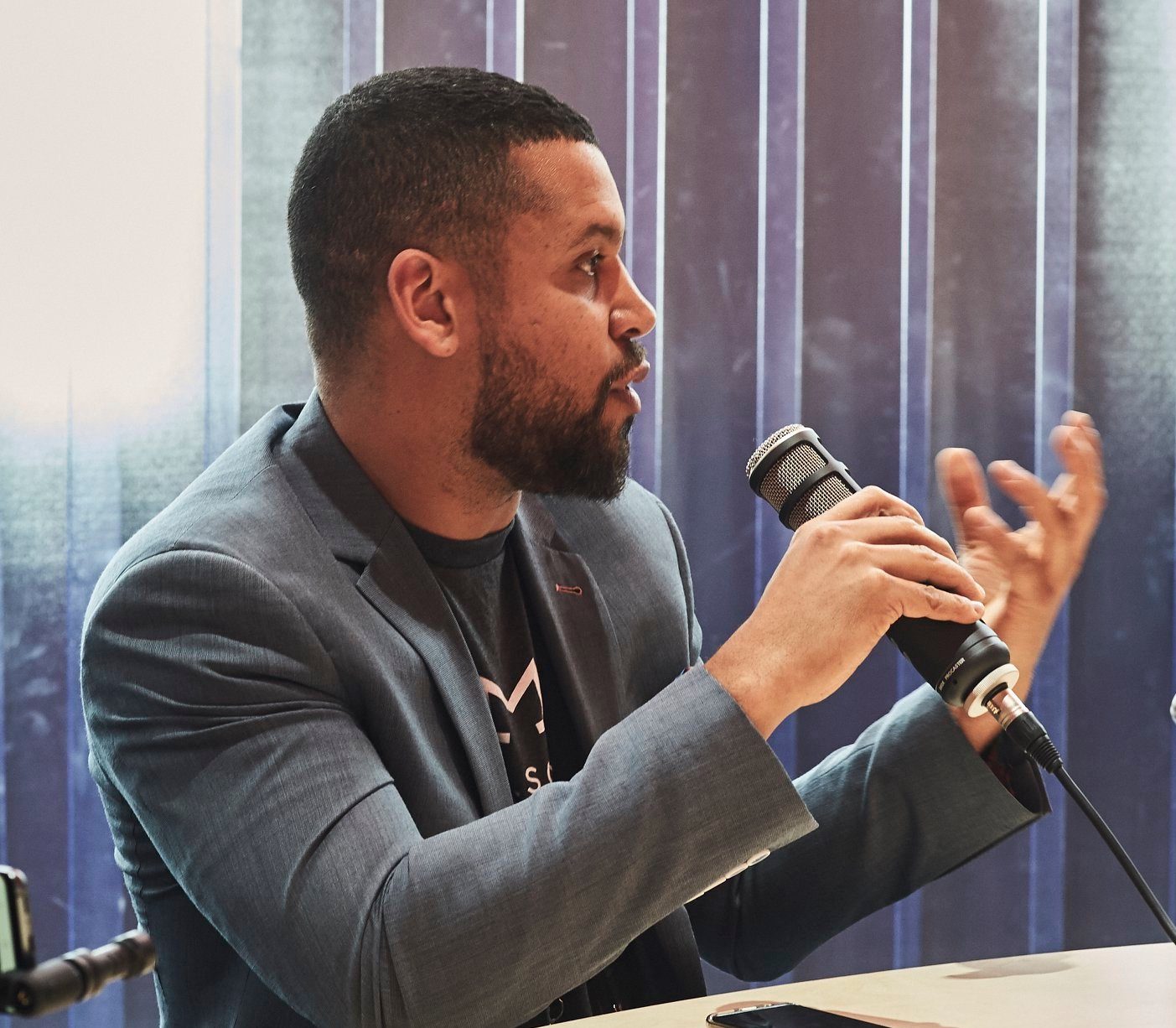For the past three years, Talsom gives itself the mission to advance a cause by organizing a collective brainstorm according to the precepts of design thinking during a well-named event : The Design Thinking Jam.
In 2018, the technology company helped L’Itinéraire to develop an online payment platform for its newspaper carriers. In 2019, they developed a workshop with Tel-Jeunes to help younger people connect better in the world.
This year, the company used design thinking to find solutions to systemic racism in the workplace.
« The goal of Design Thinking Jam is to create a positive impact through people, innovation and technology, explains Olivier Laquinte, President of Talsom. We accompany an organization or association in a transformation challenge. »
To recall, design thinking is a human-centered approach to innovation. The design is primarily about the user, while seeking to create innovative services or products.
« At Talsom, we have been using design thinking for 4 years now, explains Éric Dupont, Vice-President, Innovation. We use this methodology because it is human centered, on the user. It forces us to go and talk as often as possible to the people we want to help, to the people we want to develop a service or a product for. »
Talsom uses this approach as part of its service offering, but also internally, to better manage its human resources.
A Design Thinking Jam against racism
This year, Talsom has allied itself to Jeune Chambre de Commerce de Montréal, La Maison d’Haïti and the entrepreneurial hub Groupe 3737 during a collective session of design thinking, in order to reflect on how to combat systemic racism in the workplace.
The Design Thinking Jam 2020 took place virtually on November 12.
After two introductory conferences on systemic racism in society and in the workplace, participants gathered into 11 working groups of 6 to 8 people, to address an issue presented in a short video about the He-She history, a child of immigrants.
« It was very important that the working groups be composed of 50% racialized people, in order to seek a wealth of experience. We do not want to assume that we understand the problem of systemic racism, we want to obtain the point of view of those who experience the impacts in order to discuss the real issues. »
The workshops were held in the spirit of design thinking; the participants first expressed what the problem evoked for them in a “brainwriting” session where the participants « build their remarks on what others say ».
« We then asked them to generate a large number of ideas to solve the problem they chose to tackle. It is important to give free rein to crazy, wacky ideas in order to build creative trust. »
The group was then invited to vote for the solution that would be expanded as a group.
« The 11 working groups generated 11 different solutions, clarifies Éric Dupont. However, the themes of awareness and communication have come back several times. »
One problem, 11 different answers
The Talsom team must now analyze the generated solutions and decide which ones will be pushed forward and in which context.
« Will our project be proposed to HR officials, an employer or directly to employees? This remains to be seen. »
In terms of experience, Olivier Laquinte remains more convinced than ever to use the design thinking methodology to tackle the problem of systemic racism.
« Design thinking requires humility and courage, to listen to what users have to say. If you have that open-mindedness, that is where you can get answers to your questions and go beyond just diversity – in terms of the number of employees from diversity. We can start talking about inclusion, to make sure that every diversity person finds their place in the company. »
The leader reaches an important point in the fight against systemic racism. How do we break the cycle of exclusion that continues within businesses and institutions, even when hiring more diverse people?
« We have to ask ourselves the question, beyond recruitment. When we hire a racialized person, how do we give them the same opportunities as others to develop and reach their full potential? » asks Olivier Laquinte.
For some years now, Talsom pays particular attention to employee development, in accordance with the corporate values it has chosen, which are “to inspire, recognize, propel”. This is a good place to start to be inclusive.
« This year’s Design Thinking Jam forces us to reflect on our own practices, and our own management of diversity, specifies Olivier Laquinte. It shows us that there are still things that can be improved, because, yes, there is some form of systemic racism in the computer world. »
Well, let’s get to work!




